The gift of identity
Transforming lives with iris recognition technology
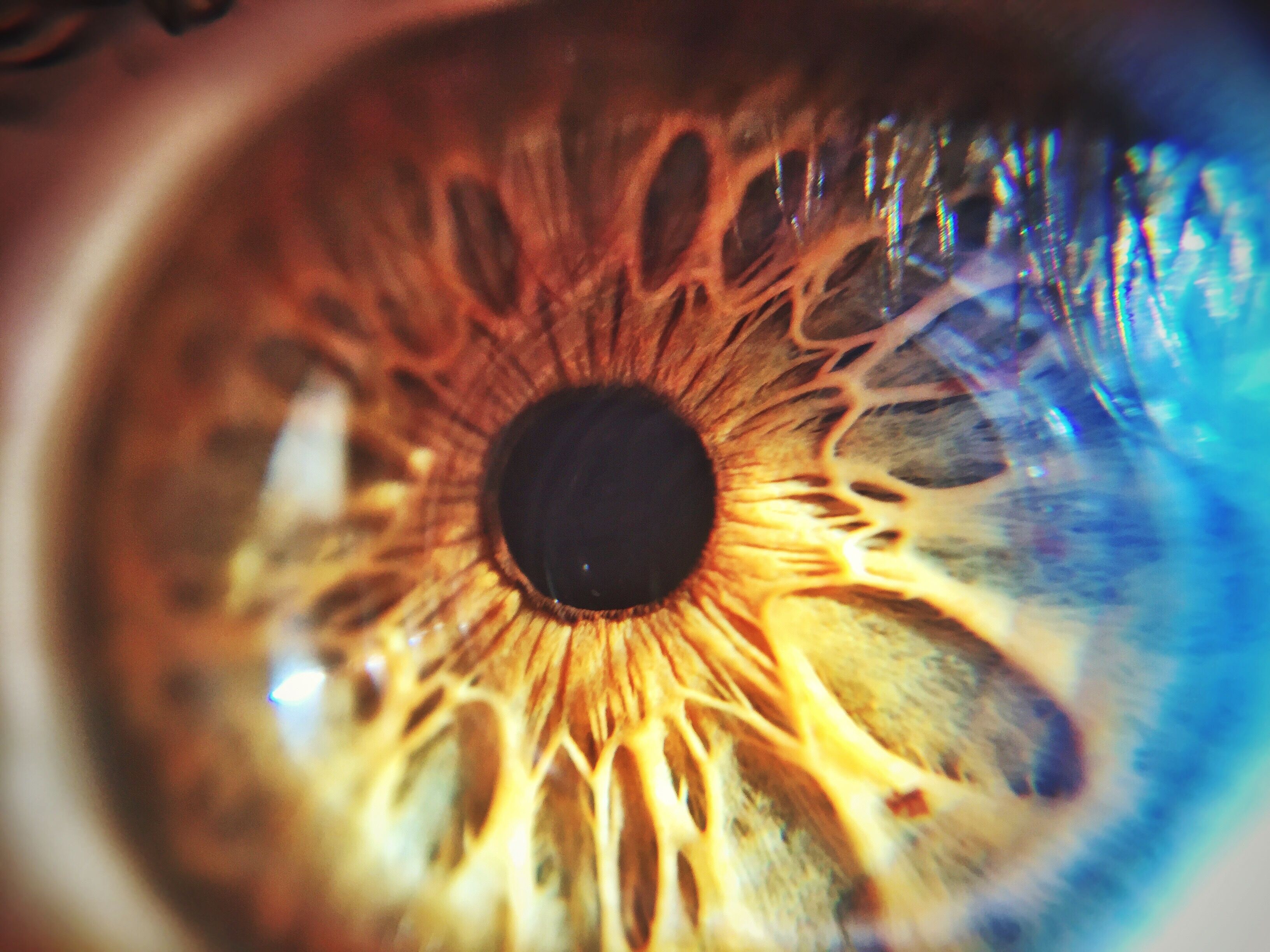
Technology that recognises people’s unique iris patterns is giving a means of identification to millions of individuals across the globe.
Impact at a glance:
- An algorithm designed by Professor John Daugman is the basis of all publicly deployed iris recognition systems across the world.
- Around 1.5 billion people have been enrolled onto iris pattern databases.
- Iris recognition technology has improved access to previously inaccessible benefits and services through biometric national identity programmes.
- The technology has made aid and food distribution to refugees fairer, faster and more efficient.
- It has also increased the accuracy and security of access and registration systems at hospitals, airports and schools.
“When my eyes and card are scanned, my photo comes up on the screen. I know it’s fair because WFP [the World Food Programme] will give food to the right person… [before] it was always a fight and a scramble – a real challenge when I had my baby on my back. It is now a lot less hectic.”
Maria Macumi, Oruchinga refugee settlement, Uganda
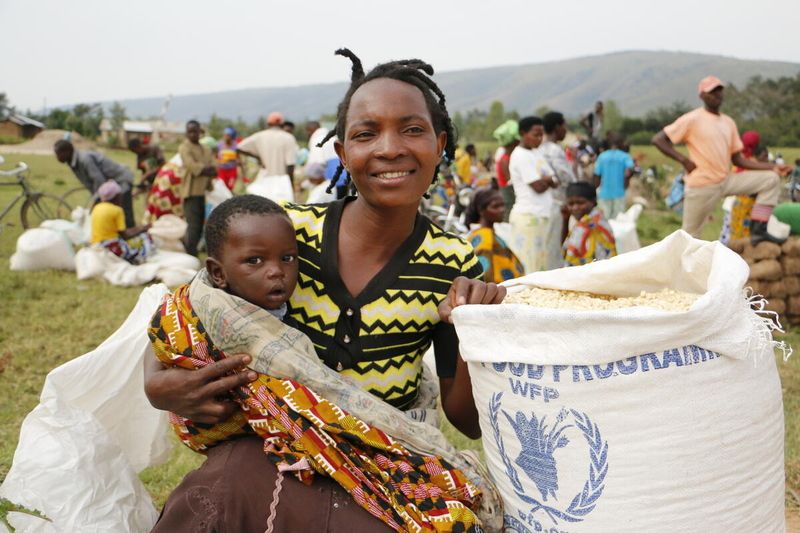
Maria and her baby Remi, after collecting food at the new site in Oruchinga. WFP/Claire Nevill
Maria and her baby Remi, after collecting food at the new site in Oruchinga. WFP/Claire Nevill
Maria Macumi fled Burundi when her husband was brutally murdered. Like all refugees at Oruchinga refugee settlement, in Uganda, she now has a form of identification that gives her access to the correct supply of food from the World Food Programme to feed herself and her children. Part of the identification process relies on iris recognition technology invented by John Daugman, Professor of Computer Vision and Pattern Recognition at the Department of Computer Science and Technology, University of Cambridge.
A unique signature
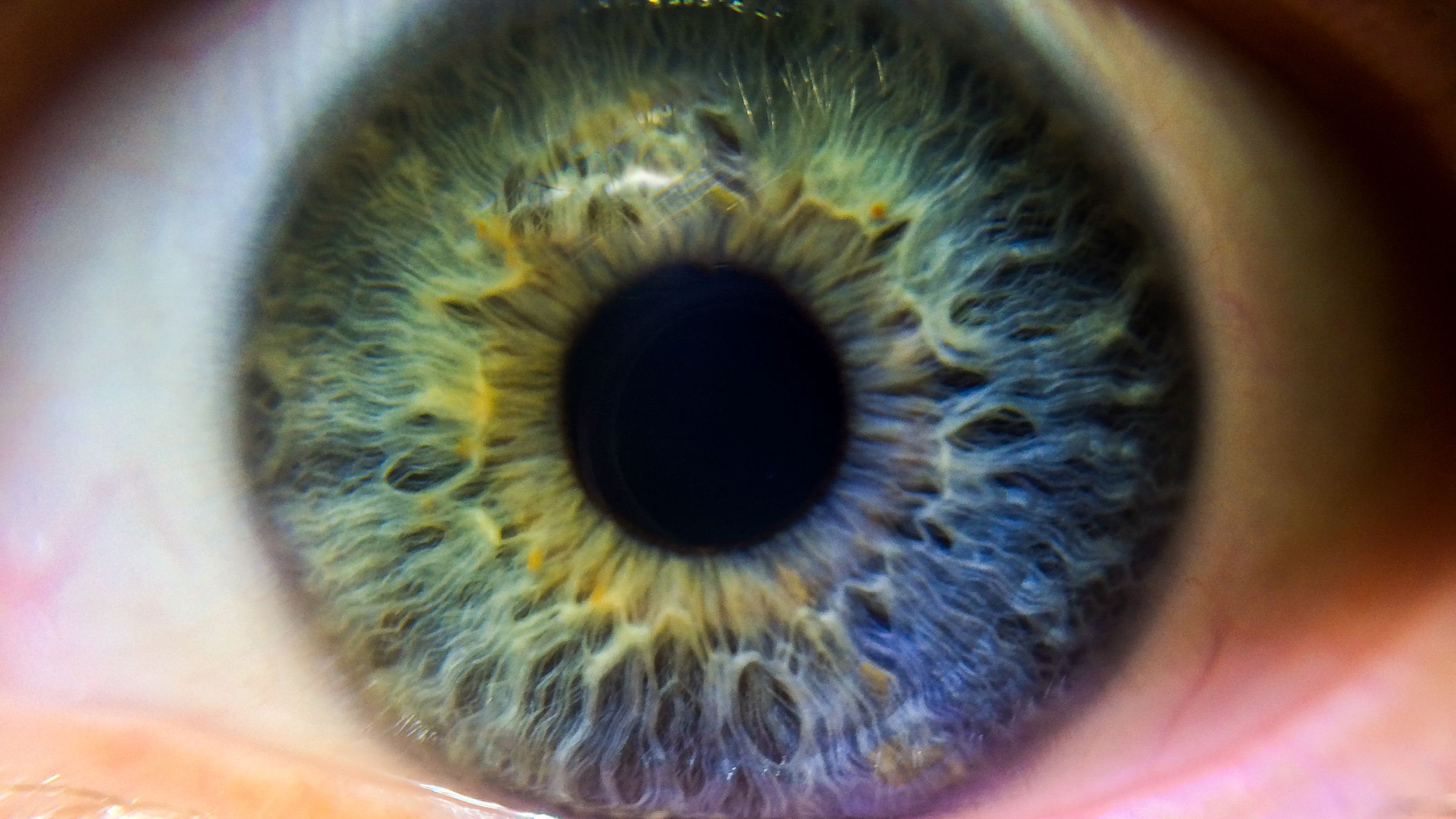
“The striking thing about an iris pattern is that it contains a great deal of randomness, making each one very unique,” says Daugman.
The idea that the iris might be used like a fingerprint goes back to 1949 when a British ophthalmologist named J H Doggart noted what an incredibly rich and complex pattern the iris reveals.
“I would describe it in terms of entropy which is a fundamental concept from information theory that measures the amount of randomness in a set of patterns,” says Daugman. “I realised that iris patterns have a massive amount of entropy, which enables a globally unique signature to be encoded from each one.”
An “impossible problem”
“To recognise someone just by looking at their eyes sounds like an impossible problem, despite the long tradition asserting that ‘the eye is the window to the soul’,” says Daugman.
“Computer vision initially focused on predictable objects with simple geometries, like manufactured parts,” Daugman explains. “But natural objects are not always like that, and now the field is much more focused on probabilistic reasoning and learning. The key breakthrough in my iris recognition algorithms was to regard randomness not as noise, but rather as the key to the solution.”
Building on this idea, Daugman went on to develop a set of algorithms called IrisCode which provided an automatic and rapid method for determining a person’s identity.
“When the codes for two different iris patterns are compared, the likelihood that they might agree by chance in, say, more than a third of their bits (that is binary digits, which are the basic units of data in computing) is less than one in a million,” explains Daugman. “Such comparisons are like tossing a fair coin about 250 times in a row – the chances of getting fewer than one third ‘heads’ are less than one in a million.”
Astonishingly, because of the simplicity of parallel bit comparisons, the IrisCode algorithm can carry out millions of iris pattern comparisons per second. This proved crucial for the commercialisation of the technology.
Patents and commercialisation
Daugman’s patents began to be granted in 1994 and were licensed to companies that started to make special iris cameras, such as Panasonic, Oki and Sensar. Such cameras acquire images in the near-infrared band (700 – 900nm) in which even dark brown eyes, as possessed by most of the world’s people, reveal rich iris texture. Other licensees included systems integrators like Sagem and Morpho, data centres like Google, banks, and designers of airport security gates and systems, such as the UK Home Office project IRIS (Iris Recognition Immigration System) for passport-free international border crossing.
Using information theory, Daugman demonstrated that IrisCode was highly resistant to generating false matches even within datasets topping billions. Such a robust biometric technology had not been seen prior to IrisCode and no such technology has been developed since. Today, all iris recognition systems across the world are based on the algorithms created by Daugman.
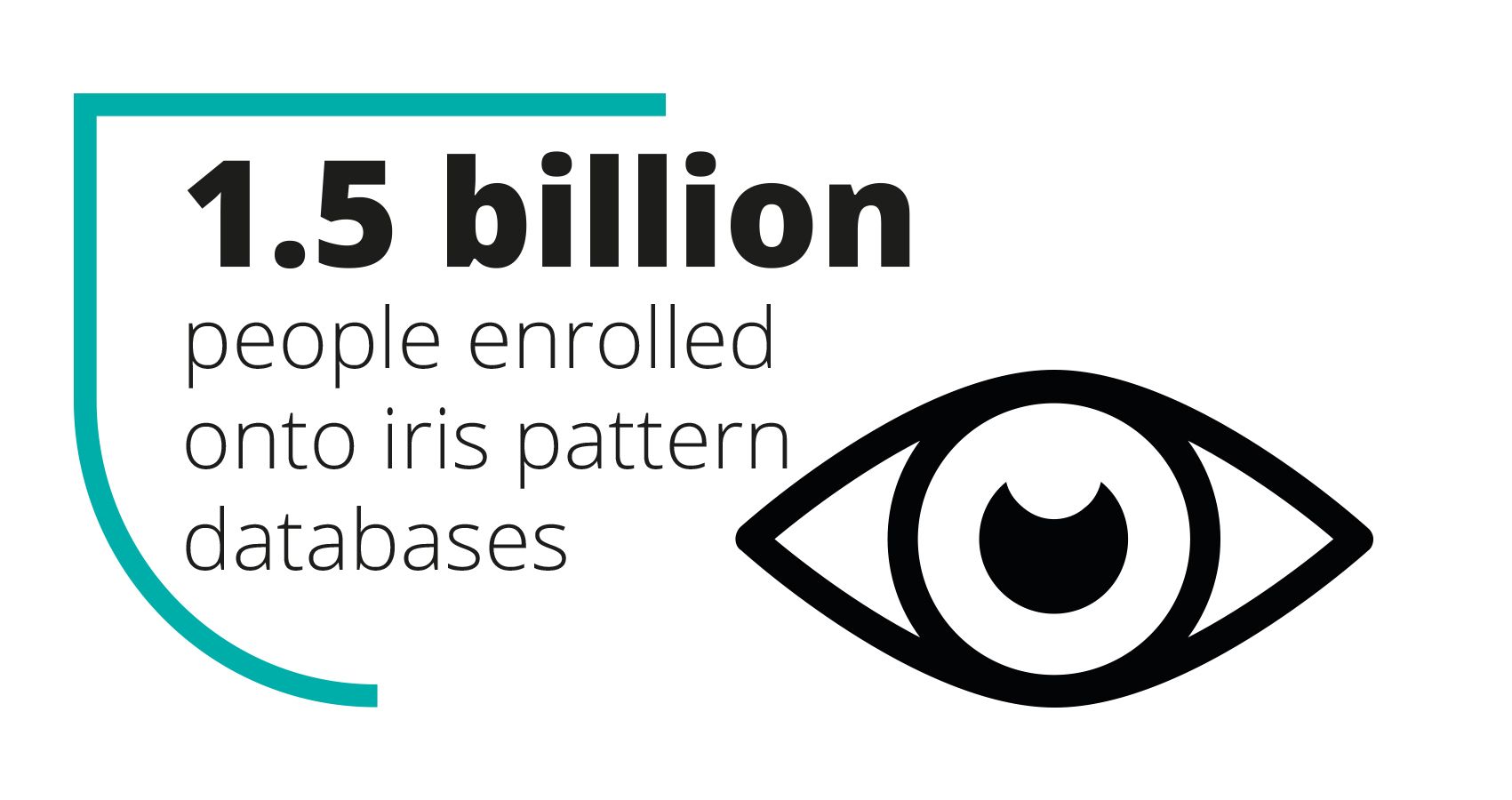
Improving access to benefits and services in India
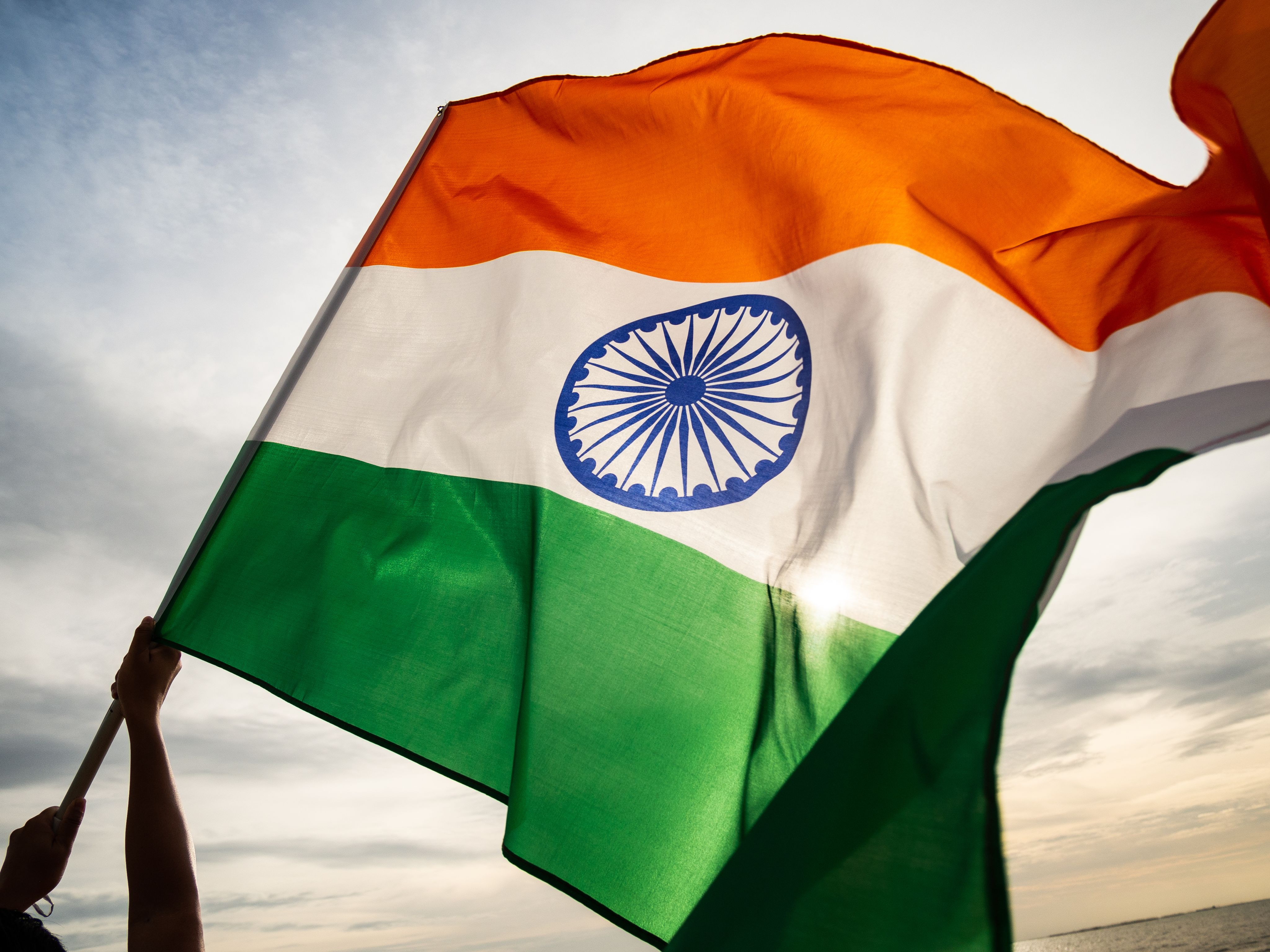
“In India,” said Daugman, “if you don’t have the means of confirming your identity, you don’t exist.” Without documentation individuals are unable to access State benefits and services. This is a major problem in a country in which only 5.15% of Indians hold a passport, and only a minority of the population hold a bank account.
In 2011 the Unique IDentification Authority of India (UIDAI) launched a biometric national identity programme called Aadhaar which used IrisCode technology. Now almost the full population of 1.3 billion have been enrolled.
“People queued up eagerly to get themselves enrolled biometrically and to get the Aadhaar,” says Daugman. “To quote Srikanth Nadhamuni, who was the director of UIDAI, it was perceived to be a “door opener”.”
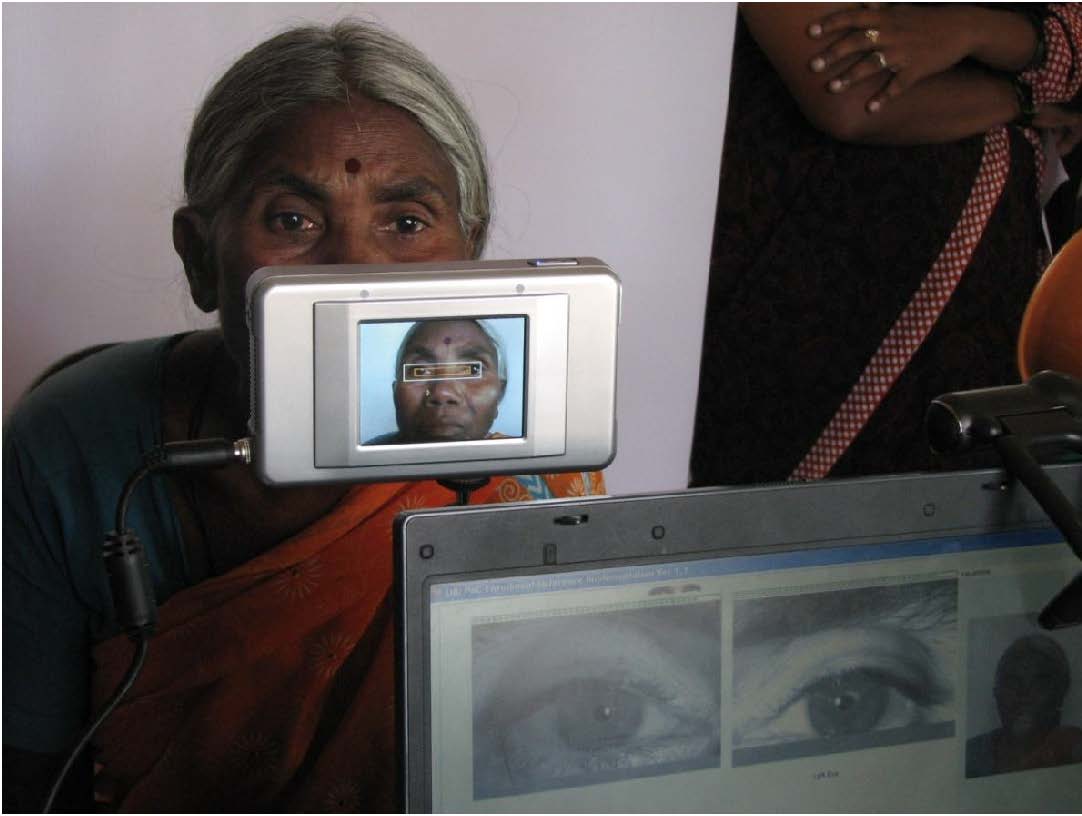
Woman using an iris camera to enrol herself with the Unique IDentification Authority of India (UIDAI)
Woman using an iris camera to enrol herself with the Unique IDentification Authority of India (UIDAI)
Tackling corruption
The Aadhaar programme means that aid is also more likely to reach the people who need it rather than being lost to corruption. Previously more than half of the $60 billion India annually spent on social programs, subsidies and welfare benefits didn’t reach its intended recipients. But Aadhaar seeks to address this by preventing benefits from being “siphoned off by corrupt officials and middlemen,” to quote Nadhamuni.
Empowering women
Before the roll-out of the Aadhaar programme, a ration card under the name of the male head of a household was often used for access to services. But now women are being given an official individual identity, which is the first step towards improving access to the services they need.
“The Aadhaar number allows women to directly receive transfers under the National Rural Employment Guarantee Scheme and has helped many apply for SIM cards.”
The Observer Research Foundation, 2019
Making humanitarian aid fairer, faster and more efficient

For refugees who have lost everything, the benefit of being able to prove who they are cannot be overestimated. It means they can quickly and safely access the humanitarian aid they are entitled to.
Humanitarian organisations have adopted the use of IrisCode technology. For example, the United Nations High Commission for Refugees (UNHCR) used it to successfully register nearly 110,000 Myanmar refugees in Thailand’s border camps between January and June 2015.
Saving bank fees
IrisCode technology can also make aid donations go further. In 2017, the WFP (World Food Programme) combined IrisCode technology with blockchain as a means of making regular cash transfers simpler, more efficient, and more resistant to fraud. It was used at the King Abdullah Park, Azraq and Zaatari Refugee Camps in Jordan. More than $23.5 million worth of entitlements have been transferred to refugees through 1.1 million blockchain transactions. This saved 98% of bank transaction fees, achieving better value for money.
The gift of identification
In March 2018 the Office of the Prime Minister (OPM) of Uganda, in collaboration with UNHCR and the WFP, launched an ambitious initiative to collect the biometric data – fingerprints and iris scans – of everyone living in refugee settlements across the country. The aim of the project was to ensure that food distribution was fair and not subject to fraud.
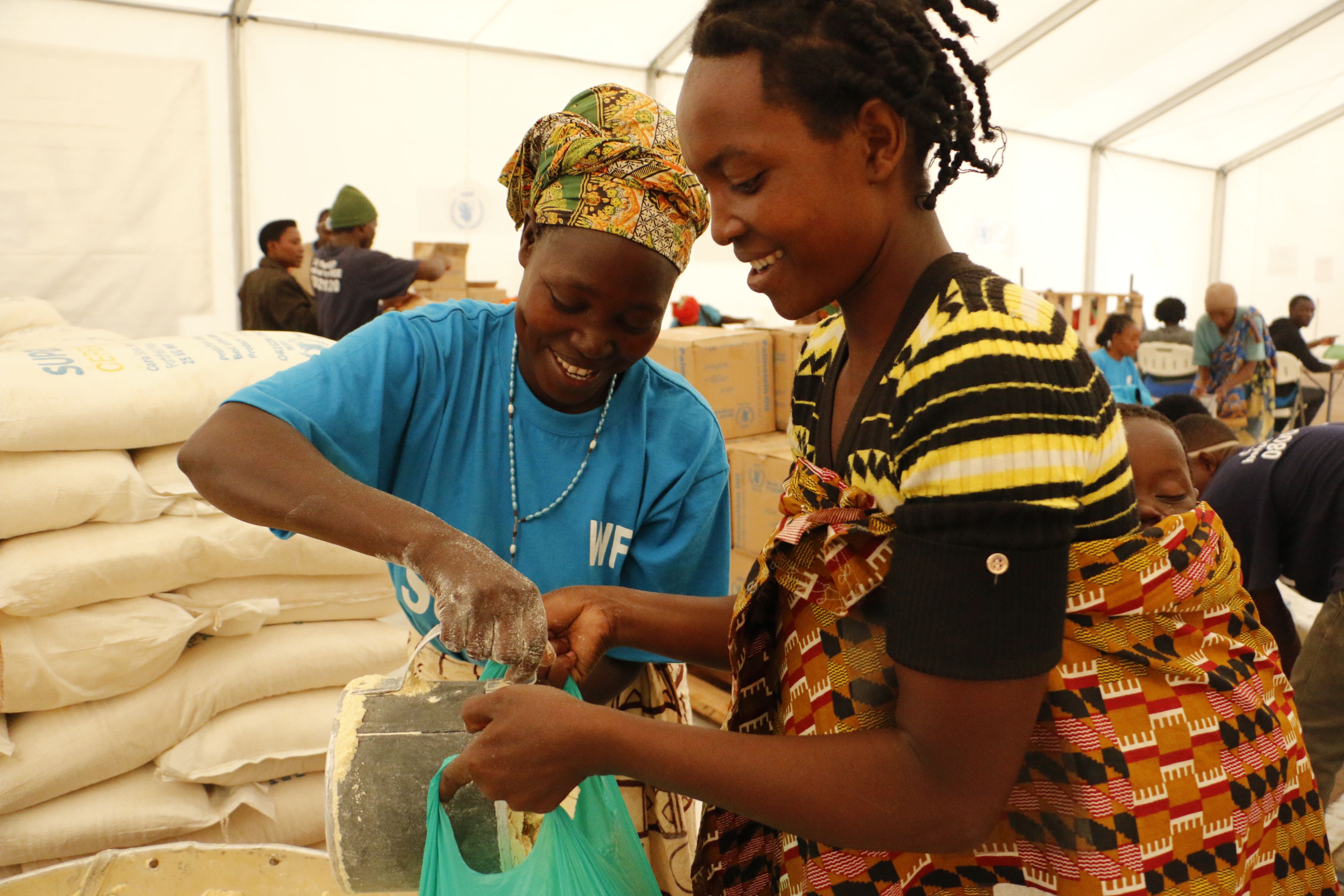
Maria receives her monthly entitlement of nutritionally fortified flour from WFP. Photos: WFP/Claire Nevill
Maria receives her monthly entitlement of nutritionally fortified flour from WFP. Photos: WFP/Claire Nevill
Registration began in Oruchinga refugee settlement and incredibly, just seven months later, the exercise was complete, with 1.15 million refugees enrolled. Central to the project’s success was the support of those living in the settlements who spread the message and encouraged sign-up.
Today, thanks to Daugman’s technology, millions of people, just like Maria, are being treated with the dignity they deserve.
Published 14 April 2022
With thanks to:
Professor John Daugman
Katherine Leckie
Claire Nevill
World Food Programme
Words:
Charis Goodyear
Photography:
World Food Programme / Claire Nevill
Infographics:
Alison Fair
The text in this work is licensed under a Creative Commons Attribution 4.0 International License

